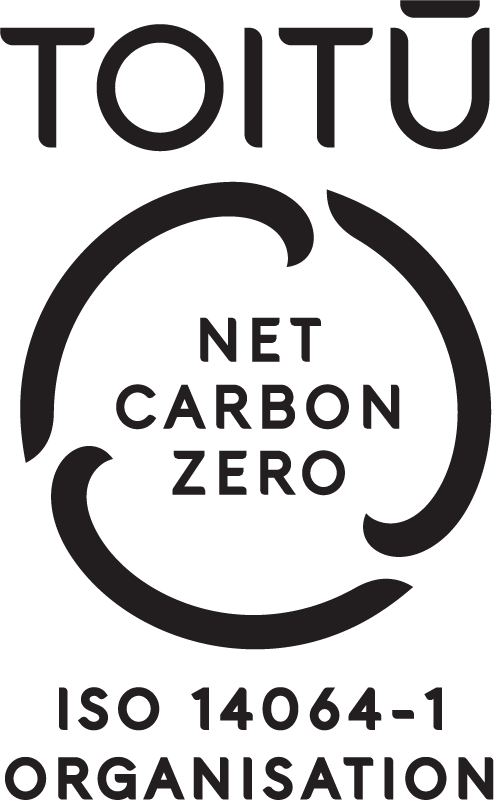
TCFD - Not just another acronym for a Fire Department
29 April 2021TCFD - Not just another acronym for a Fire Department.
David Boyle from Mint Asset Management talks about why the work of the Taskforce on Climate-related Financial Disclosures (TCFD) is not only important for financial advisers and their clients but also for our future generations.
When you google the acronym TCFD it’s amazing how may fire departments come up, including the wonderfully-named Turkey Creek Fire Department. I couldn’t help but think of the irony, given the impact climate change is having on their work; if they were a listed entity their value would only increase, given the expected growth they will have in the future.
TCFD is the task force established by the Financial Stability Board (FSB), which is an international body that monitors and makes recommendations about the global financial system.
The goal of the TCFD is to develop recommendations for more effective climate-related disclosures that could promote more informed investment, credit, and insurance underwriting decisions. This, in turn, will enable stakeholders to understand better the concentrations of carbon-related assets in the financial sector and the financial system’s exposures to climate-related risks.
A key goal of the task force is to encourage sustainable investments and build a resilient economy in the face of climate-related uncertainties. Something good fund managers like ourselves have been taking into account for a number of years already. The challenge has been to get high quality data and information on the listed companies, but more on that later.
The board established the taskforce, consisting of 31 members led by Michael Bloomberg in 2015, which includes providers of capital, insurers, large non-financial companies, accounting and consulting firms, and credit rating agencies.
Specifically, they have been tasked to identify what information investors, lenders and insurance underwriters would need to price climate-related risks and opportunities.
They have come up with four key thematic areas and 11 recommendations for companies to build a framework of disclosure that will consistently and transparently report on climate impacts.
They are:
Strategy:
- Describe the climate-related risks and opportunities the organisation has identified over the short, medium, and long-term.
- Describe the impact of climate-related risks and opportunities on the organisation’s businesses, strategy, and financial planning.
- Describe the resilience of the organisation’s strategy, taking into consideration different climate-related scenarios, including a 2°C or lower scenario.
Governance:
- Describe the organisation’s governance around climate-related risks and opportunities.
- Describe management’s role in assessing and managing climate-related risks and opportunities.
Risk Management:
- Describe the organisation’s processes for identifying and assessing climate-related risks.
- Describe the organisation’s processes for managing climate-related risks.
- Describe how processes for identifying, assessing, and managing climate-related risks are integrated into the organisation’s overall risk management.
Metrics and Targets
- Disclose the metrics used by the organisation to assess climate-related risks and opportunities in line with its strategy and risk management process.
- Disclose Scope 1, Scope 2 and, if appropriate, Scope 3 greenhouse gas (GHG) emissions and the related risks.
- Describe the targets used by the organisation to manage climate-related risks and opportunities and performance against targets.
Bringing this information to the fore will help active managers like ourselves to get a better insight into investee company sustainability activities, the impact they are having on the environment relative to peers, and also their future value. If companies do not improve and find ways to embrace the changes needed, their attractiveness as a long-term investment choice will be impacted.
Climate change, whether we like it or not, is here and it impacts everyone and everything. We are long past the point of wondering if it is real and anyone thinking that it isn’t will look like the Emperor in his new clothes.
The exciting thing as an active investment manager like ourselves is applying this level of insight to determine not only whether we keep investing in a company today but whether we think it will be a company we want to invest in tomorrow, depending on its approach to embrace change.
This data will also help feed into better reporting on our own funds and the carbon footprint they have on the environment, so our investors can see what their fund’s carbon impact is and actively make a decision to choose a better one if it doesn’t meet their own personal expectations.
If companies’ behaviours don’t change then it is very likely investors will vote with their feet, which I think will cause the greatest change in investment behaviour we have seen in modern markets.
Advice on this topic can’t be underestimated. At Mint we want to be at the sharp end of the curve and, being a UNPRI signatory, we are already applying this new framework not only to our business but also to our investment funds, because we believe the companies that adopt these changes now will be far better positioned and more valuable in the future.
While this one acronym is only four letters long, it could just be the catalyst that changes the outcome for generations that follow.


